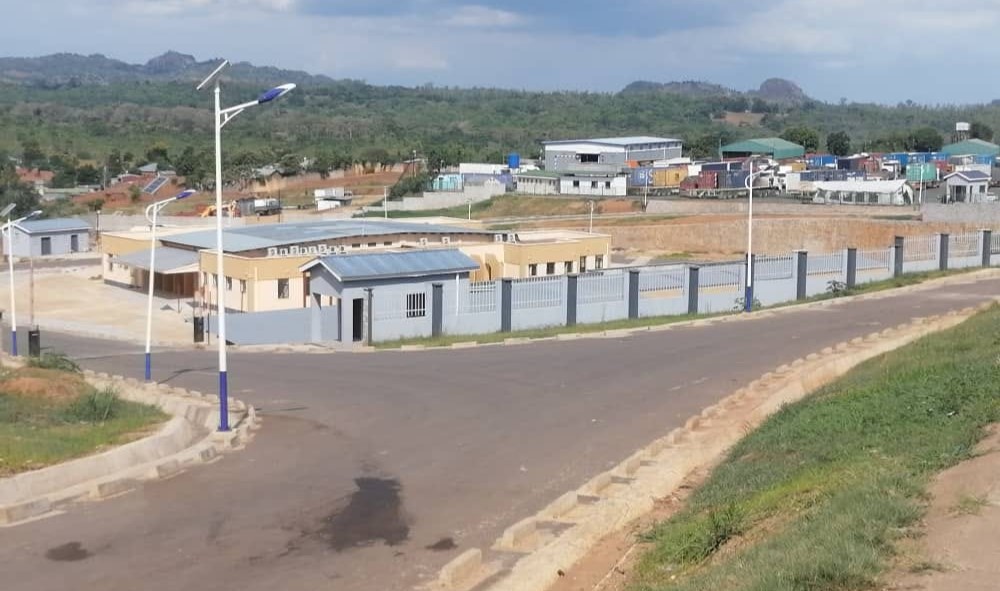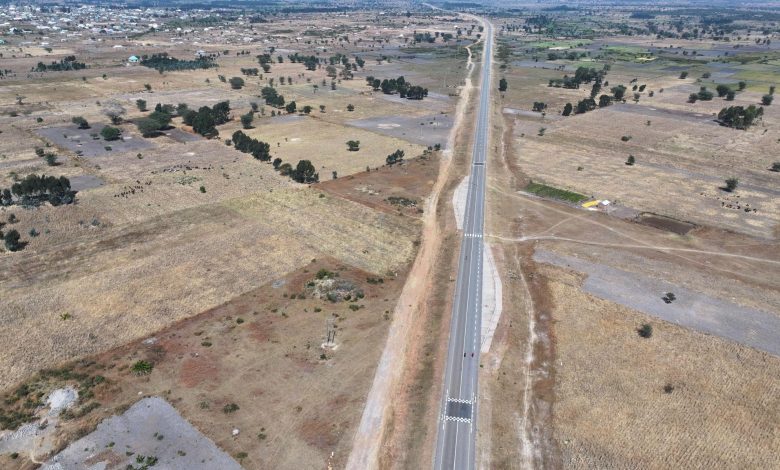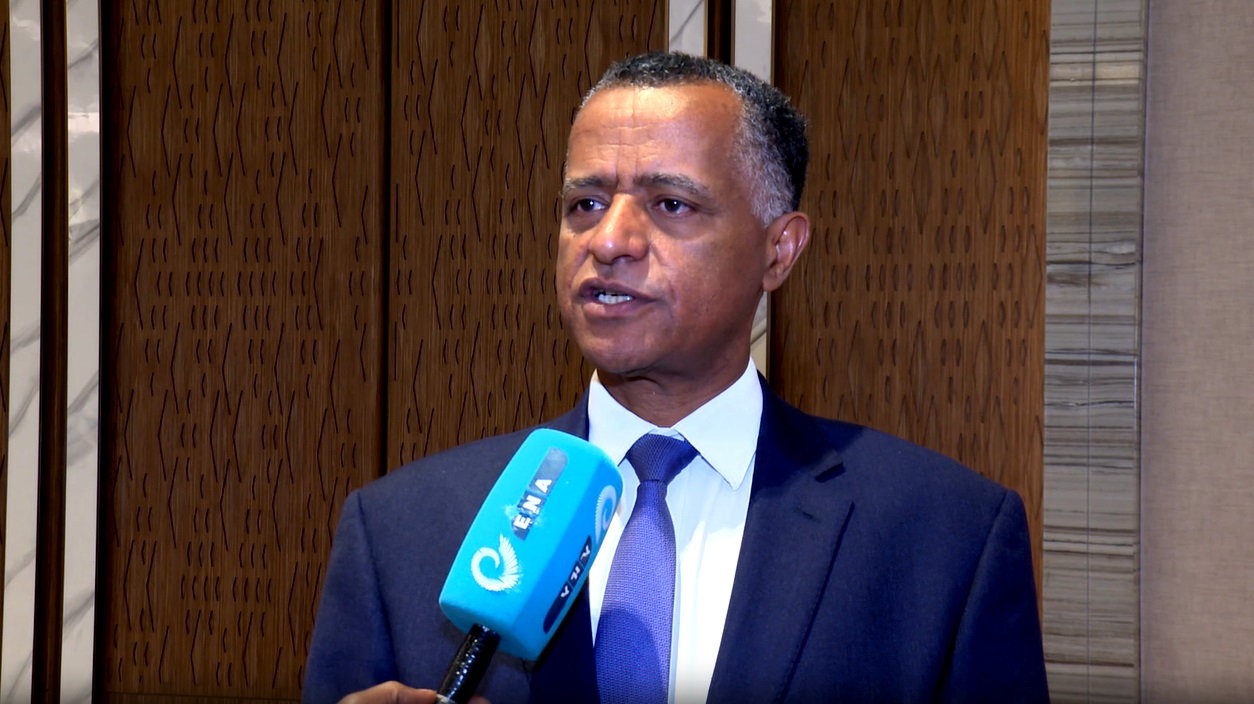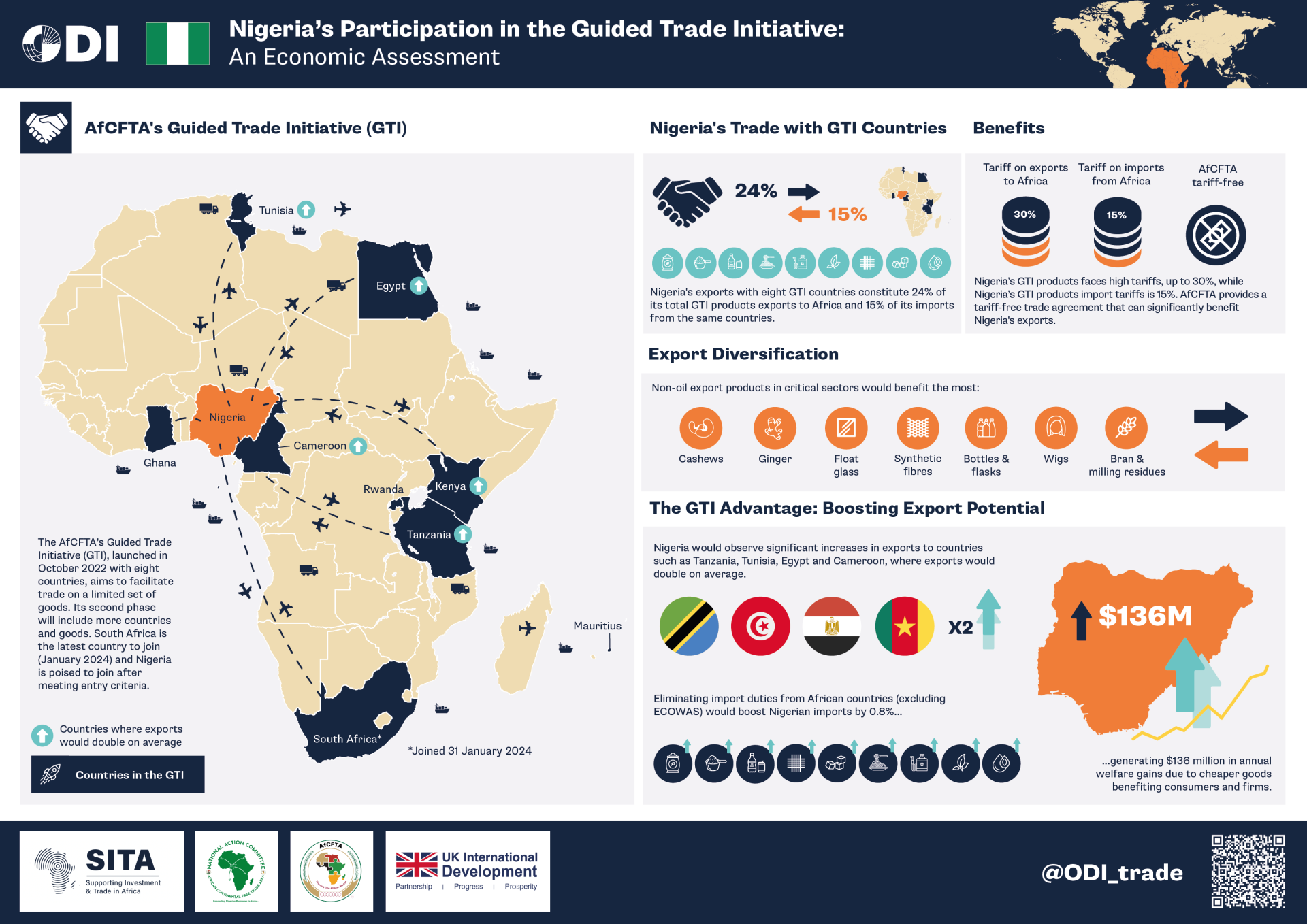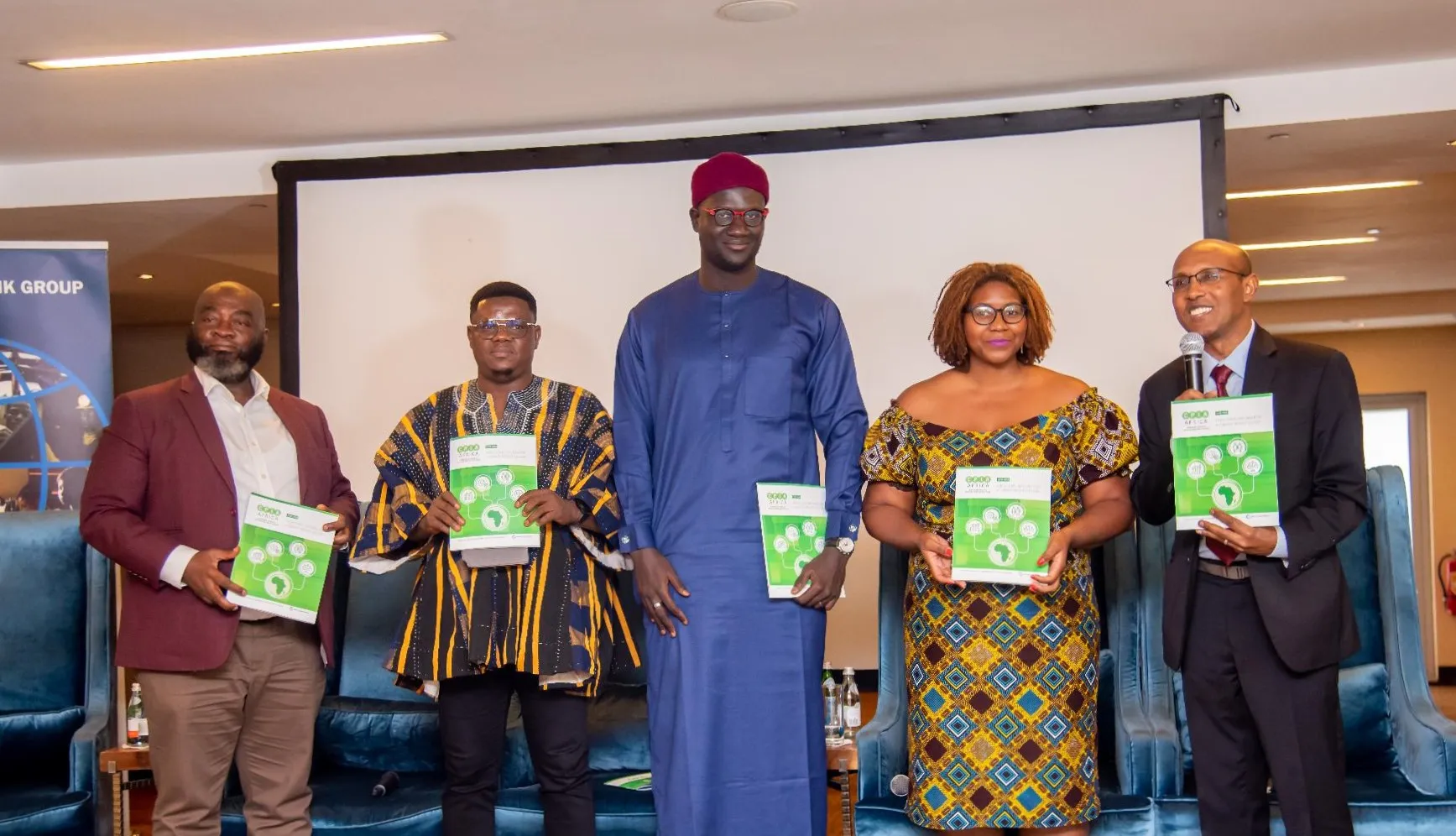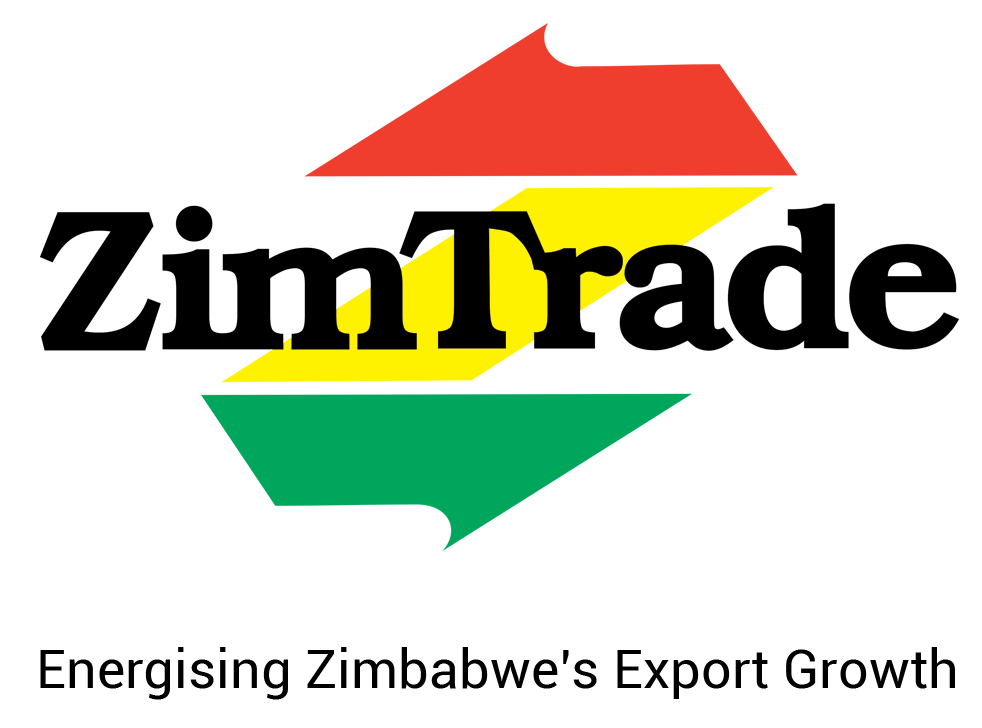La frontière entre Tunduma et Nakonde devient de plus en plus le moteur du commerce transfrontalier entre la Tanzanie, la Zambie et la République démocratique du Congo (RDC), les données montrant une augmentation constante du volume et de la valeur au cours des neuf derniers mois. Ce constat a été fait récemment lors de la visite de la présidente Samia Suluhu Hassan dans la région, dans le cadre de sa visite de travail dans la région de Songwe. Ces nouvelles données prometteuses interviennent neuf mois après que la Tanzanie et la Zambie ont convenu de relever huit des 24 défis commerciaux et d'établir des plans pour résoudre les 16 restants d'ici le 31 décembre 2023, afin de faciliter efficacement le commerce entre les deux pays, notamment en réduisant la congestion des camions à la frontière de Tunduma. S'exprimant hier, le vice-ministre des transports, David Kihenzile, a déclaré qu'au cours de la visite, les deux dirigeants ont convenu de relever les défis auxquels est confrontée la frontière, qui enregistre une moyenne de 124 000 camions traversant la frontière chaque année. Il a indiqué que la transformation des entreprises, sous l'impulsion de la sixième phase du gouvernement, a permis d'augmenter le nombre de camions traversant la frontière à 261 000. « Le volume de marchandises passant la frontière chaque année est passé de trois millions de tonnes métriques à 6,2 millions de tonnes métriques. L'augmentation comprend également la collecte de revenus, qui est passée de 76 milliards de shillings à 159 milliards...
Le volume de fret entre Tunduma et Nakonde double en neuf moisPosted on: July 19, 2024
Posted on: July 19, 2024


